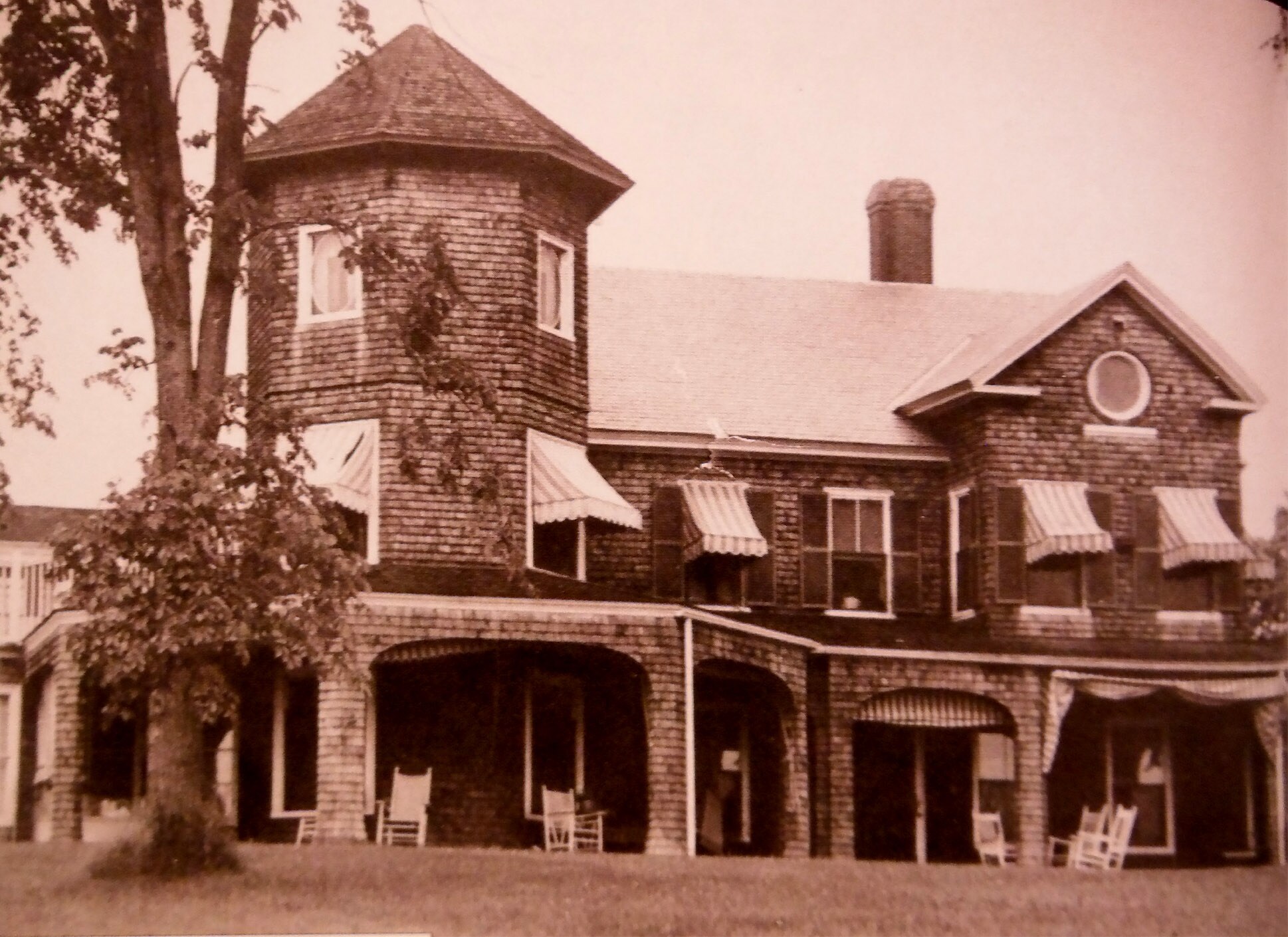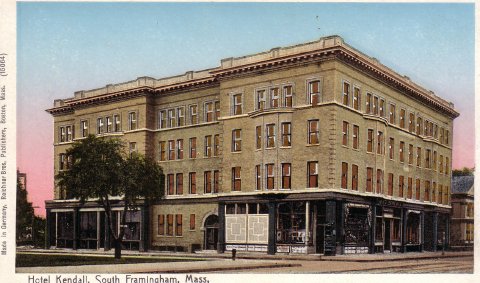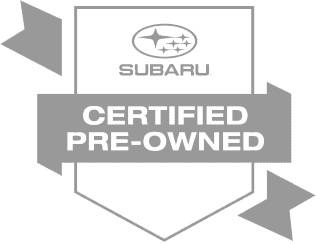
The Long Story - Part Two, Building a
business and fighting a war.
In 1902 the
lease of a factory in Framingham, MA answered the need for more space to
continue the successful production of the Waldorf shoe. A rented home on
Newton Place only two miles away allowed Mr. Long to easily commute to
work. In just six minutes, by horse and buggy, this allowed him to eat
dinner together with his family promptly at 6 pm every evening. 
1905 was another year of change as
the Long family welcomed their fifth child Charles Francis (more about
him later) and the decision to purchase the 325 acres Nevins estate.
This new estate provided for a grand family home called Longford in
memory of their roots in Ireland. Longford was the pivot on
which many happy family memories revolved. From exploring Mt. Waite
aboard 'Nancy Hanks', the Shetland pony, to croquet competitions after
supper. The home hosted generations of memorable family
events.
The Nevins estate, located between Farm Pond
and Reservoir No.2, also had the advantage of bordering the railroad
 and was undoubtedly ideal for the
new five story modern factory building built on Fountain Street. Inside
the factory, a well equipped lunchroom provided excellent meals at
reasonable cost to workers. The factory also had a competent nurse on
staff at all times in a stocked first-aid room should any emergency
arise. Called a "temple of industry" at its formal dedication on January
12,
1910, the 103 year old reinforced concrete building still stands
today.
and was undoubtedly ideal for the
new five story modern factory building built on Fountain Street. Inside
the factory, a well equipped lunchroom provided excellent meals at
reasonable cost to workers. The factory also had a competent nurse on
staff at all times in a stocked first-aid room should any emergency
arise. Called a "temple of industry" at its formal dedication on January
12,
1910, the 103 year old reinforced concrete building still stands
today.
The conditions that his employ ees lived and worked in
were of great concern to Mr. Long. When he discovered that the local
boarding rates had doubled with the influx of his workers, he took over
the rental of the Kendall Hotel and provided a clean and safe
environment at the usual rate of $5/week.
ees lived and worked in
were of great concern to Mr. Long. When he discovered that the local
boarding rates had doubled with the influx of his workers, he took over
the rental of the Kendall Hotel and provided a clean and safe
environment at the usual rate of $5/week.
The issue of affordable electricity prompted Mr.
Long to discuss the possibilities of Framingham establishing a public
plant similar to what Braintree had accomplished. A committee was formed
and, after investigation, it was recommended that the town proceed.
Unfortunately, while the plan was publicly supported by all, private
opposition caused the project to be defeated when it came up for vote.
It was during this time of growth that Mr. Long
decided to take on the monopoly held by the United Shoe Machinery
Company. United Shoe was for a time the only provider of certain
stitching and welting machines needed in the shoe industry. Their
contracts required that they be paid a royalty on every shoe made in a
factory regardless of whether it was stitched on one of their machines
or not. This effectively cut out any and all competition as no one could
afford to pay both companies. As their control over the industry grew,
so did the cost of doing business with them. Charges of up to 500% more
than comparable products and the requirement of re-signing their 17-year
lease whenever a machine needed repairs resulted in a strangulation
hold on the business.
In 1906, Mr. Long appeared
before members of the Massachusetts Senate to explain the reason why
United Shoe's monopoly with its predatory conditions was so dangerous to
the economy. When, what was often referred in the papers as the 'anti
shoe-machinery act', was later referred to the Massachusetts Supreme
Court, it was decided that although United Shoe's patents gave them the
right to make certain conditions they did not have the right to control
the use of the articles made under those patents in what amounted to a
perpetual lease and that the state itself had the authority to determine
regulations. Governor Curtis Guild Jr. signed the bill in June of 1907
ending 'handcuff clauses' and paving the way for the Clayton
Anti-Trust Act in 1914. This difficult, although ultimately
successful experience can probably be considered the starting point of
Mr. Long's interest in state politics.
Efforts by
United Shoe to intimidate and destroy by inciting strikes, financial and
personal attacks, and lawsuits caused great concern and expense but
ultimately failed. In preparation for his complete separation with
United Shoe, Mr. Long had invested funds with the Duplessis Machinery
Company and developed an independent line of rapid stitcher. With the
formation of the Framingham Shoe Company he was able to start using his
own line of machines. With plenty of orders coming in and plenty of
machines to make them with, the future seemed bright. But it was 1914
and events were about to happen that would change the course of the
business and the lives of everyone in the
world.




